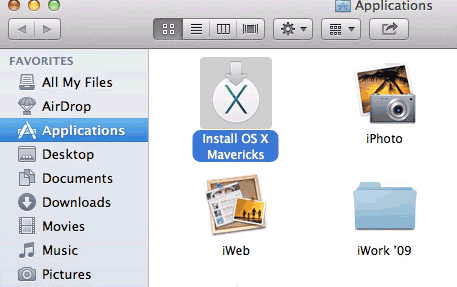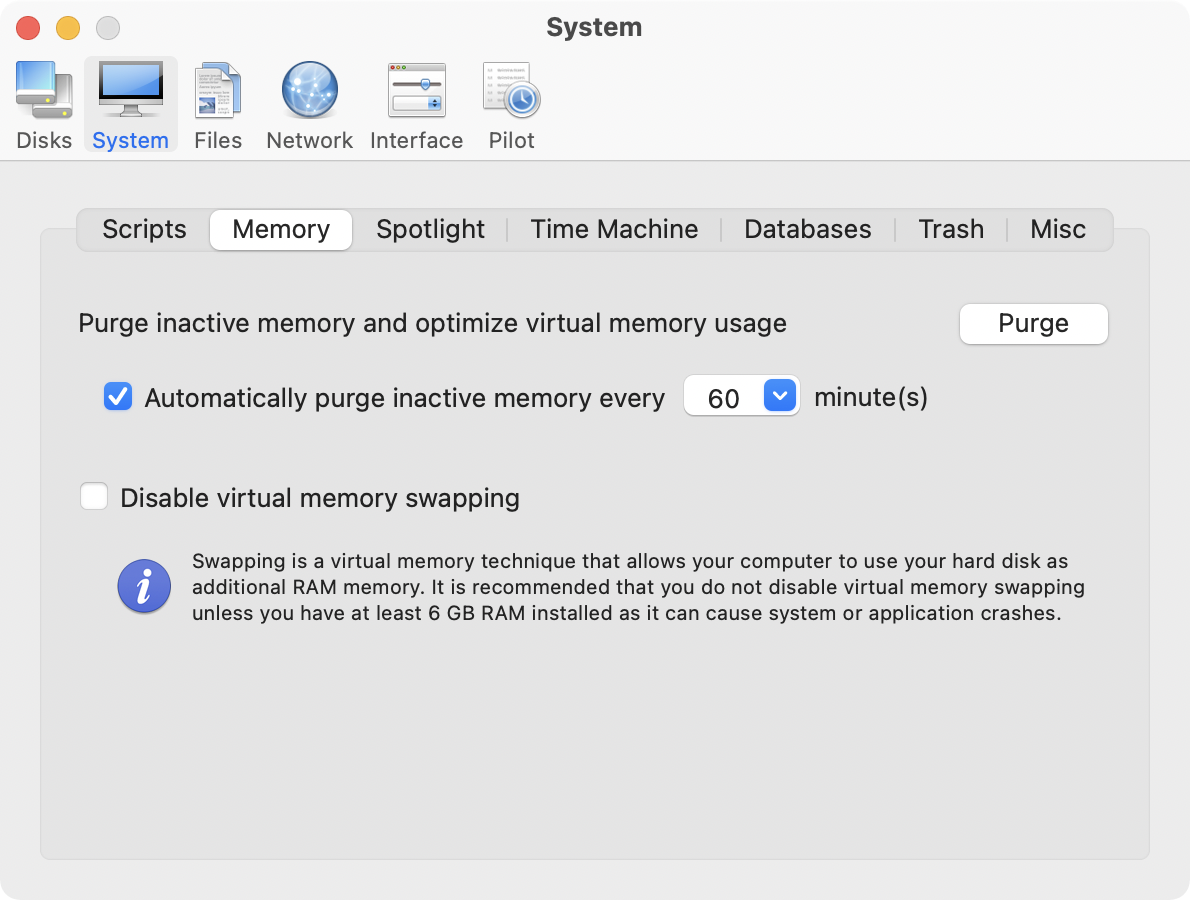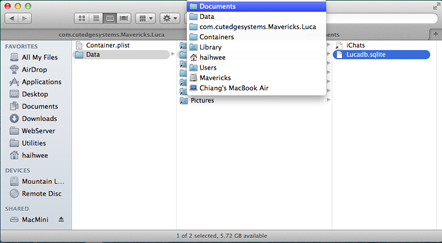

#Database app for mac mavericks code#
auth_reason - A code indicating how this auth_value was set.It’s unclear if this is actually implemented in macOS or if this is a carryover from iOS. An example for limited access: an application might be allowed ask the user to select some photos, but without being granted access to the User’s entire Photo library. auth_value - Whether the access is denied( 0), unknown( 1), allowed( 2), or limited( 3).

Programs can repeatedly prompt if they are not granted access the first time so this can be used to track if that’s happening. prompt_count - ( Prior to big sur) How many times the user has been prompted about this access.allowed - ( Prior to big sur) Whether to allow access( 1) to this service or deny it( 0).client_type - For the previous value, whether it’s a Bundle Identifier( 0) or an absolute path( 1).client - Bundle Identifier or absolute path to the program that wants to use service(e.g.service - What service access is being restricted to.Lets take a look at these fields and what they actually mean: Dumping the schema with sqlite gives us the following:ĬREATE TABLE access ( service TEXT NOT NULL, client TEXT NOT NULL, client_type INTEGER NOT NULL, - allowed INTEGER NOT NULL, - Removed in Big Sur - prompt_count INTEGER NOT NULL, - Removed in Big Sur auth_value INTEGER NOT NULL, - Added in Big Sur auth_reason INTEGER NOT NULL, - Added in Big Sur auth_version INTEGER NOT NULL, - Added in Big Sur csreq BLOB, policy_id INTEGER, - Added in Mojave indirect_object_identifier_type INTEGER, indirect_object_identifier TEXT NOT NULL DEFAULT "UNUSED", indirect_object_code_identity BLOB, flags INTEGER, last_modified INTEGER NOT NULL DEFAULT ( CAST ( strftime ( '%s', 'now' ) AS INTEGER )) ) The database contains a few tables but the one we’re most interested in is the access table. TCC Database SchemaĪs TCC has evolved over the years the database schema has changed as well.
#Database app for mac mavericks full#
These databases are protected from editing with SIP(System Integrity Protection), but you can read them by granting terminal(or your editor) full disk access. There are two different databases, a global one in /Library/Application Support//TCC.db and a per-user one located in /Users//Library/Application Support//TCC.db. The TCC database is just a sqlite3 database, which makes the task of investigating it much simpler.

Users can also use the System Preferences to manipulate TCC. This response is then stored in the TCC database. When this happens the user is prompted with a dialog asking them whether they want to allow access or not. TCC for the Userįrom a user’s perspective, they see TCC in action when an application wants access to one of the features protected by TCC. TCC is not very well documented and the information you can find on it is scattered about the web with various levels of completeness. Instead we would rather have a reliable way of manipulating TCC to grant access programatically with zero human interaction. Part of the RainforestQA service is that we run all tests in fresh VMs that we keep up-to-date, and to do this we want to automate as much of the VM build process as possible and we don’t want to babysit the build process to click “allow” when dialogs pop up. TCC is an end-user protection feature, and tends to get in the way when you’re trying to provision machines in an automatic manner without user interaction. TCC also appears to exist and provide the same functionality on iOS, but in this post we’ll only be looking at TCC on macOS. TCC was introduced with OSX Mavericks and has gone through a number of changes since to expand what it has control over. This can include things such as location services, contacts, photos, microphone, camera, accessibility, full disk access, and a bunch more. TCC (Transparency, Consent, and Control) is a mechanism in macOS to limit and control application access to certain features, usually from a privacy perspective. A deep dive into what the TCC database contains and the meaning of the various fields present in it.


 0 kommentar(er)
0 kommentar(er)
